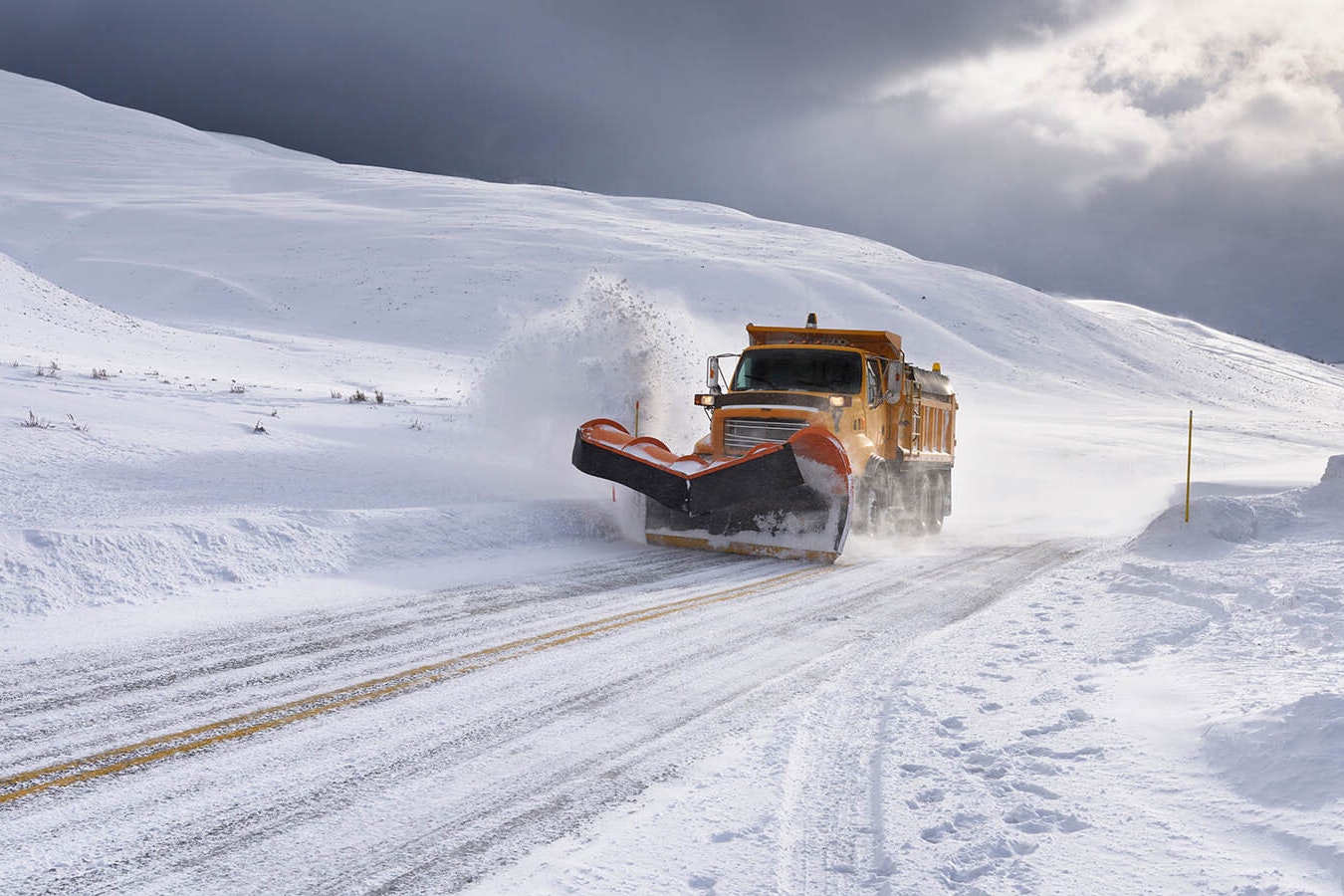As catastrophic wildfires become more frequent across the West, people are looking for a single culprit, but it’s not that simple, Wyoming State Forester Bill Crapser said.
“People like to blame Smokey the Bear — that we extinguished every fire for 100 years. People like to blame lack of management from the U.S. Forest Service, saying they let our forests get into an unhealthy state. People like to blame climate change and the list goes on,” Crapser said. “Like everything, the easiest thing is to blame a single villain, but the reality is it’s probably all of that.”
A series of wildland fires racing across California caught the nation’s attention in October.
The New York Times reported the fire threatened 90,000 buildings.
CNBC reported 10 of the Golden State’s worst fires occurred in the last decade.
But it was a viral “Smithsonian” magazine article about goats that caught the eye of Sen. Ogden Driskill, R-Devils Tower.
“Goats — grazing goats — saved the Ronald Reagan Presidential Library and Museum in California,” Driskill said. “This whole country was sheep and goat country once, but nobody grazes anymore.”
Additionally, he said reductions in timber removal allowed by federal agencies overseeing Wyoming’s public lands could put the state at risk of suffering California’s fate.
“There’s no doubt we’re in a dry cycle and fires are affected by climate change,” Driskill said. “But this was not an earth-shattering drought year in California. Our (U.S.) Forest Service logs less and less, and as they do, we’ll have larger and larger fires.”
State-owned lands
While no forest is fireproof, a healthy forest is less likely to suffer catastrophic fire damage, Crapser said.
Unlike the Bureau of Land Management, National Park Service and Forest Service, Crapser’s Forestry Division is a state agency.
Counting seasonal firefighters, the division has about 50 employees to cover approximately 280,000 forested acres of state-owned lands.
A significant portion of managing forest health is targeted timber harvests, which are usually handled by private contractors, Crapser said.
“We try to do a lot of thinning to reduce the basal area — the square foot of tree cover per acre,” he explained. “That promotes wood growth, helps grasses for grazing and makes the stands more fire resistant.”
While the division promotes the use of grazing to manage fine fuels when consulting with private land owners, cities and counties, Crapser said it does not oversee grazing on state lands.
Yellowstone
Grazing isn’t a part of the Yellowstone National Park fire management plan, but the park is warming up to the idea of using private contractors for timber management, said John Cataldo, Yellowstone’s Fire and Aviation Management officer.
“This year, we started using a masticator — it’s got a drum head that basically mulches trees up to 6-8 inches in diameter,” Cataldo said. “We were able to treat about 60 acres around the government area in West Yellowstone (Montana). That’s going to buy us about 15 years of defensibility around that community.”
By mulching smaller fuels, the masticator creates a fuel break, which could cause a crown fire in the tops of trees — widely considered the hardest fire behavior to control — to drop down to the ground where fire crews can battle the blaze.
For about $35,000 and a few months of work, the masticator completed a timber management project that could’ve taken park staff years to complete with a much higher price tag, Cataldo said.
Masticators are in high demand throughout the National Park Service, but the agency only has one operator and a couple of machines in the region. So Yellowstone is looking to private industry for future mulching efforts.
“This year and future years as these mastication treatments expand, we’ll be going to contracts,” Cataldo said, explaining the park has not previously used private contractors for timber management outside of emergency response. “We’ve used private industry when a fire is bearing down on a community, but these are proactive, pre-planned projects.”
Private industry
In recent years, the Forest Service has ramped up timber harvest projects, but nowhere near to the levels seen prior to the 1990s, said Ben Wudtke, executive director of the Intermountain Forest Association.
The association is a collective of private industry leaders advocating for forest management, in part, by way of timber harvests.
“During the ‘90s, we had an administration that wanted to reduce timber harvest, and it did,” Wudtke said. “The Forest Service used to harvest 12 billion board feet annually, and that dropped to 2 billion board feet.”
Under the current administration, he said the Forest Service is allowing the harvest of about 4 billion board feet a year, but 30 years later, the damage to the logging industry was done.
Driskill said, “Look around, we hardly have any sawmills around the state anymore.”
According to Crapser, about nine mid-sized sawmills operated in Wyoming prior to the harvest reduction.
Now, there are three.
Wudtke said the federal government’s increased interest in timber harvesting is largely due to public outcry.
“A lot of that is seeing first-hand what happens when we’re not out there working together with these agencies to take care of these lands,” he said. “We have things like catastrophic pine beetle epidemics. We have stand- and forest-replacing wildfires. We have houses and lives being lost.”
Forest management requires human intervention, Wudtke said.
“If we don’t, mother nature will,” he added. “And we don’t always like how she goes about it.”
Mounds of data exist in support of forest management through timber harvest, Wudtke said, but preventing future catastrophic wildfires in Wyoming isn’t a one-step solution.
“I’m not sure I’d put my finger on one thing and say if they change this, it would fix things,” Wudtke said. “It’s going to take a lot of work in a lot of areas from both government agencies and the public.”
Medicine Bow
In Medicine Bow National Forest, the Forest Service uses both targeted grazing and timber management projects as preventive measures against wildfire, Forest Service spokesman Aaron Voos said.
“We just finished a vegetation project in the Lake Owen area, and we’re getting ready to start some work in the Rob Roy area as well as Fox Park,” Voos explained. “Some of it was timber sales, some was working with public utilities around water sheds to protect from impact of wildfire as well as opening access to recreation areas.”
Voos said he could only speak to Forest Service practices on the Medicine Bow National Forest, Routt National Forest and Thunder Basin National Grassland. As to the federal agency’s historic timber management practices, Voos said he could only discuss what he personally observed during his time employed.
“What I’ve observed on the Medicine Bow and Routt is we are responding to changing forest conditions,” Voos said. “That hasn’t always been the case, largely because we’ve never seen a beetle infestation of this size before.”
The Forest Service is working on the Medicine Bow Landscape Vegetation Analysis project, dubbed LaVA, through the National Environmental Policy Act process. Over the next 10 to 15 years, the project is slated to treat up to 360,000 acres of beetle-kill affected areas in the national forest with a variety of methods, including private contractors.
“Right now, we are very fortunate there is still a market for a certain amount of the beetle-killed timber that is still standing and still available,” Voos said.
Medicine Bow also uses grazing allotments to manage fine fuels where fires can spread wide and fast.
“There’s constant analyzing of those grazing allotments, and it is impacted by the potential for wildfire,” Voos said.
Even with numerous federal and state projects in play statewide, Crapser said Wyoming is on course to experience increasingly disastrous wildfire seasons.
“We’re probably going to see more fires in the future and rising costs of battling fires,” he said. “We’re also seeing a lot more people in the urban-wildland interface, and that creates a lot challenges for wildfire management.”





